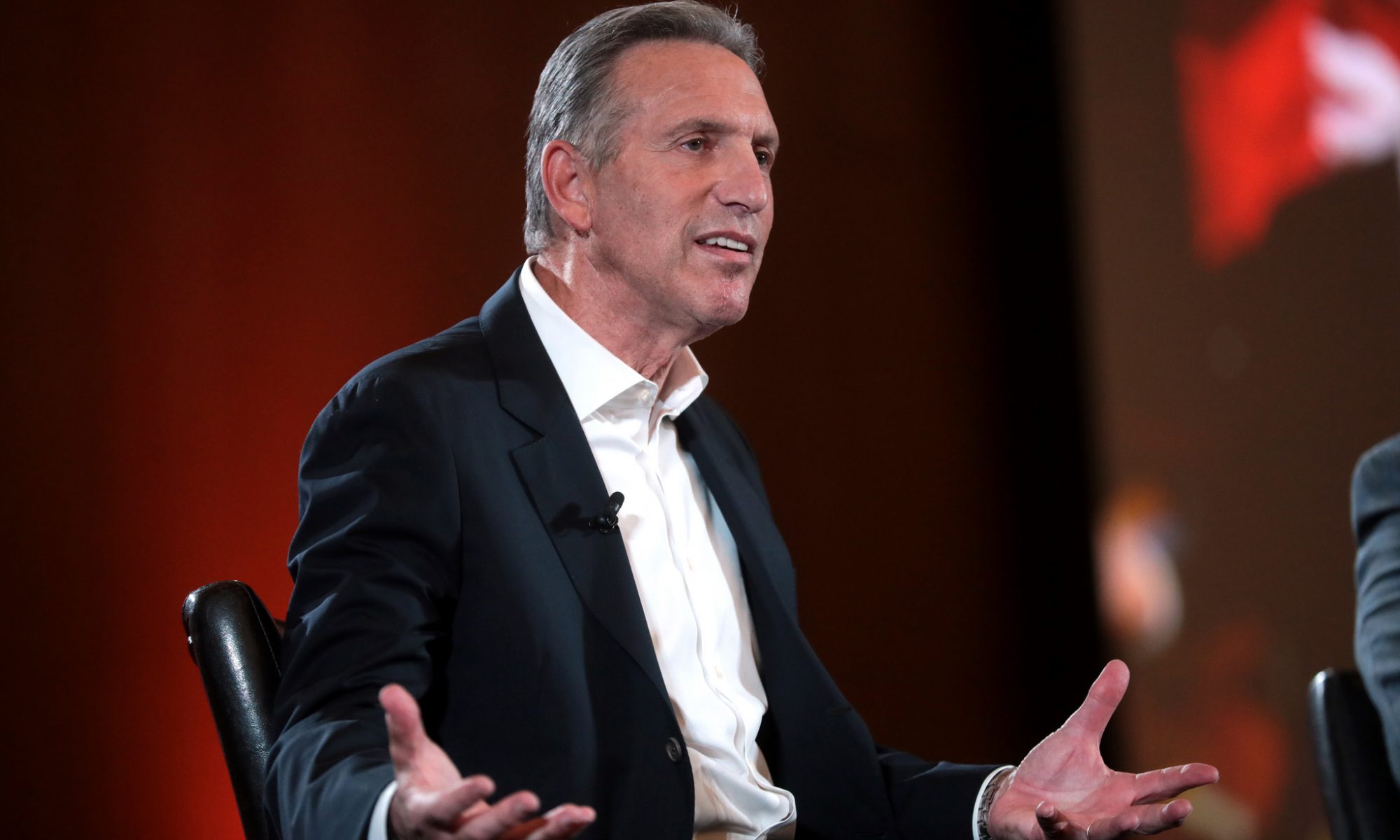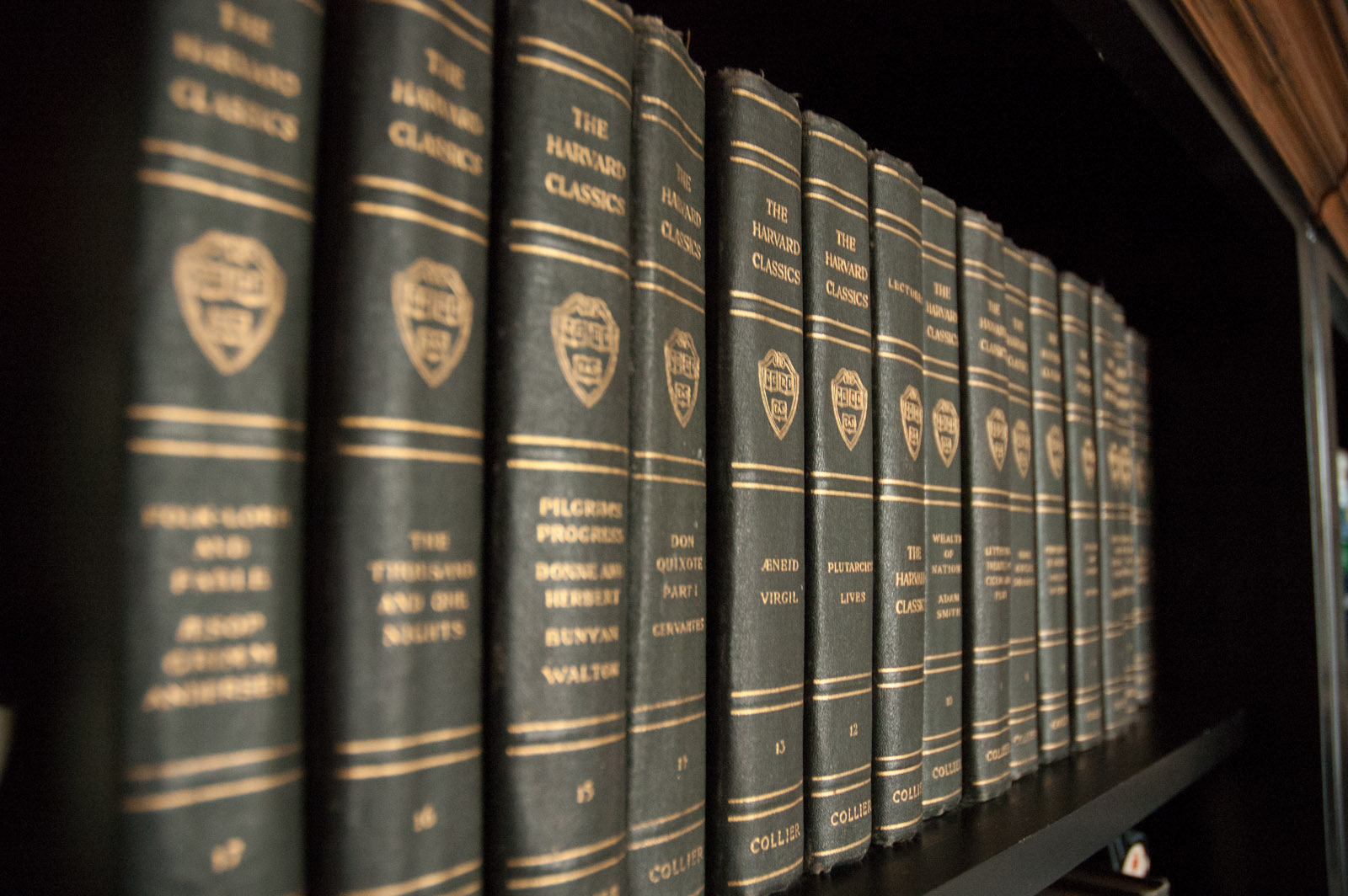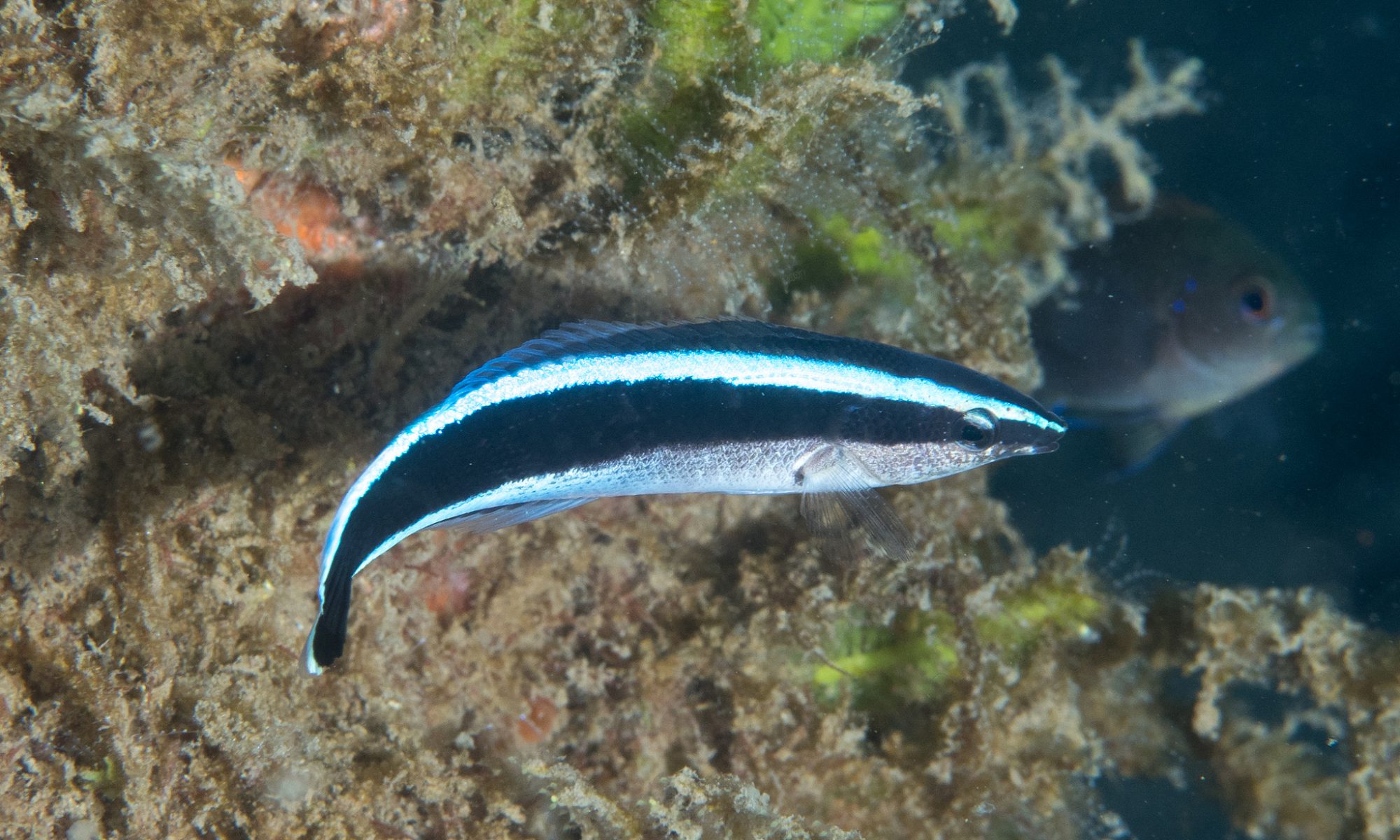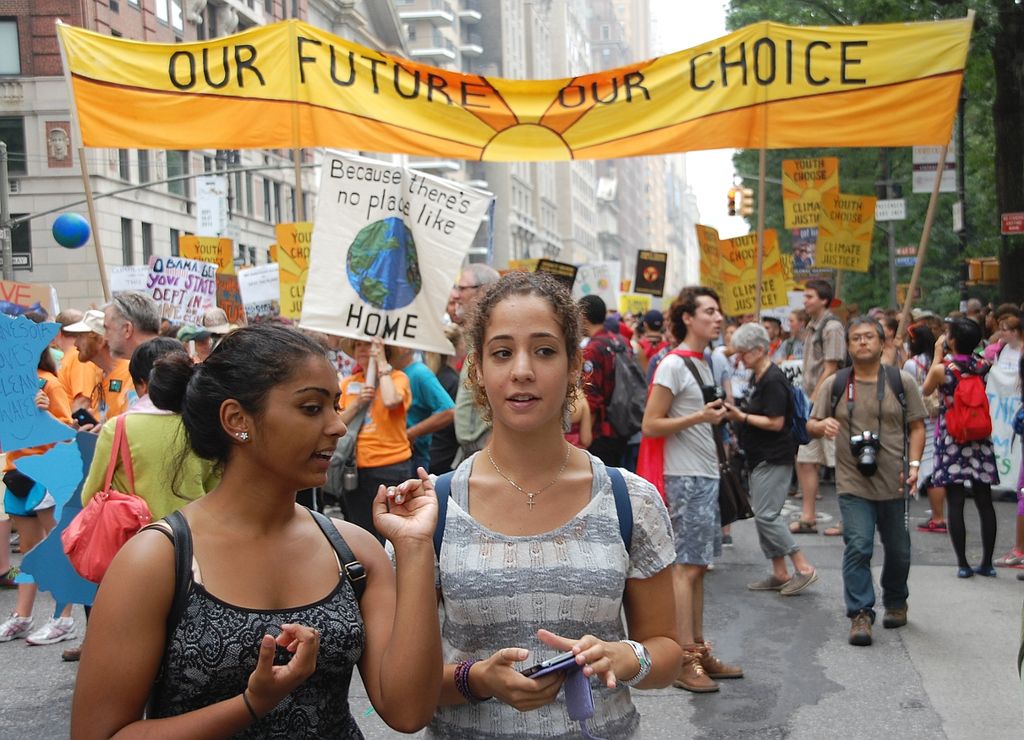There is a case currently before the at the Court of Arbitration for Sport (CAS) in Switzerland in which South African runner Caster Semenya is contesting a new rule proposed by the International Association of Athletic Federations (IAAF) that aims to restrict the levels of testosterone in female runners.
Semenya’s challenge is being closely watched, as the ruling will have important implications for the category of women’s sport and the rights of intersex and transgender athletes to participate in it.
Caster Semenya is not a transgender athlete, she was born female and has always identified as female; she does, however, have naturally much higher testosterone levels than most women by virtue of a DSD condition. DSD conditions are congenital, and they cover a range of cases in which development of chromosomal, gonadal, or anatomical sex is atypical.
DSD can stand for “disorder of sexual development,” which is essentially a medical term that takes intersex traits and other variant or atypical sex development as medical abnormalities. But, at least in the literature outside professional medicine, the terminology of ‘disorder’ is adjusted so that DSD stands for “difference in sexual development” to reflect dissatisfaction with classing intersex conditions as disorders that require correction, treatment or surgical intervention in favour of accepting these as natural variations in human anatomy and physiology.
The range of DSD conditions includes the presence of internal testes in females, which results in much higher than usual testosterone levels. Typical testosterone levels in women and in over 99 percent of female athletes ranges from 1.12 to 1.79 nmol/L (nanomoles per litre), while the normal adult male range is 7.7-29.4 nmol/L. The IAAF wants a limit of 5nmol/L – which would exclude Semenya from the competing.
The IAAF argues that:
“If a DSD athlete has testes and male levels of testosterone, they get the same increases in bone and muscle size and strength and increases in haemoglobin that a male gets when they go through puberty, which is what gives men such a performance advantage over women.”
The rule, if upheld, would necessitate athletes like Semenya take testosterone suppression drugs for 6 months prior to competing.
Semenya contends that the rule is discriminatory, irrational, unjustifiable and a “violation of the rules of sport and universally-recognised human rights.” She says: “I just want to run naturally, the way I was born. It is not fair that I am told I must change. It is not fair that people question who I am. I am Mokgadi Caster Semenya. I am a woman and I am fast.”
A central question here is why her physical competitive advantage should be treated differently from any other competitive advantage gained by a natural physiological trait –when natural physical strengths are the essence of elite athleticism.
It isn’t easy in this case to make a definitive judgement because of the fuzziness of operative concepts like female and male at the intersection of sex, gender, biology/physiology and identity. It goes to the heart of feminist and LGTBQI challenges to the notion that sex, gender and sexuality are correlated binaries.
The IAAF claims that it is not trying to cast doubt on Semenya’s gender, but just to preserve the categories of female and male sport so that the competition is fair for all, yet these seem like contradictory claims. At the very least the IAAF are making a determination on what counts as female in the sense that it is determining the parameters in principle of that category, physiologically, in a way that in effect qualifies or disqualifies someone from competition.
That a ruling must be made on something that is essentially not determinate makes it very difficult to balance rights of DSD athletes against those of women in sport, and points up the inherent tensions between fairness and inclusivity.
Until quite recently it has been usual practice for medical professionals to assign a gender at birth to intersex babies followed by socialization, and sometimes further or ongoing medical interventions. Intersex traits, and other DSDs do not of themselves cause medical problems, but have long been considered as abnormalities which necessitated the assignment of a male or female gender as a treatment or correction.
Intersex activists have been campaigning against medical jurisdiction over the intersex/DSD body as well as for non-interventionist policies including cessation of gender assignment surgeries and other medical interventions, on the basis that bodies that are gender diverse, or display differences of sexual development, are normal, healthy bodies which simply represent instances of atypical variations on the statistically average male/female body.
In light of these types of consideration, many, including the South African government, consider any rule requiring Semenya to take testosterone suppressant drugs to be a gross violation of human rights. By taking such measures, the IAAF would be implicitly treating her as having a deviant physiology which could be corrected to normalize her.
If the ruling holds, Semenya can compete only if she changes her own body’s natural process to bring it into line with typical physiology. Semenya’s high testosterone gives her a significant advantage – she is, as it stands, unbeatable in her running events by a typical female athlete. Yet it is difficult to escape the sense in which her ‘femaleness’ is implicitly put into question, since the IAAF rule is aimed at preserving the category of women’s competition.
Her supporters argue that she simply has a natural physical advantage – like long legs or extra muscle mass, and that there is no difference in kind between these sorts of physiological advantages, and that of elevated testosterone.
The ‘categories’ of men’s and women’s sport exist because, in general, men have significant competitive athletic physical advantages over women. Testosterone increases in males at puberty and is thought to be responsible for increases in muscle mass, strength and haemoglobin carrying capacity of the blood, all of which increases strength and endurance, and which ultimately bestows competitive advantages.
There are, however, some dissenting opinions on that. The available research to date on the question of whether testosterone plays a definitive role in the general advantage male athletes have over female athletes does not provide a definitive answer. (A paper published by Bermon in the British Journal of Sports Medicine in 2017, which claimed that elite women runners with high testosterone levels performed as much as 3% better than those with lower levels, has been heavily criticized by three academics – Roger Pielke, Erik Boye and Ross Tucker – who say that 17-32% of the data was erroneous. That looks immensely damaging to the IAAF’s case.)
It might be tempting for some to think that science could, in principle, provide an answer in the above-mentioned way. But that would be to ignore the vast wealth of feminist and queer theory, which questions the very idea that sex and gender can be made to adhere to a strictly binary classification.
Those arguing with the IAAF for testosterone limits are usually citing problems of competitive fairness in women’s sport which is, after all, a protected category. On the other hand, there is no reason to suppose that the category of women’s sport need be definitive for broader questions about gender binaries.
In a sense it is a practical problem of maintaining the categories of women’s and men’s sport, when some individuals do not neatly slot into those categories. Because of this practical problem, there does seem to be a significant clash between fairness in sport, women’s sport, and inclusivity.
Martina Navratilova recently drew strong criticism for weighing in. She argued that allowing transgender women to compete in women’s sporting tournaments was “insane and cheating.” Navratilova’s comments were called “disturbing, upsetting, and deeply transphobic.”
Semenya is not transgender, but it seems reasonable to segue from one discussion to the other; indeed it has already been noted that transgender activists are closely watching the case for the implications it will have for transgender athletes. As such, a question here that needs teasing out is whether there are any salient differences between born females and transgender females, relevant to the question of preserving fairness in the category of women’s sport.
Navratilova was expressing a view that it is not fair for (non-trans) female athletes to have to compete against male-to-female transgender women who may retain the significant competitive advantage of the male over the female athletic physiology. Does such a view make her transphobic? She denies that she is prejudiced. But the criticism she received highlights the issue of whether questioning trans women’s inclusion in the category of women’s sport is necessarily, of itself transphobic. Can the question of trans women competing against other women in athletics be discussed free from the assumption that a contrary opinion is necessarily a hateful one?
To sum up, the case of Semenya’s testosterone levels currently before the IAAF, and the segue made to trans athletes, raises questions which are not insurmountable, but may never be final or definitively settled. One is the question of the categories of men’s and women’s sport: how to understand them, and to make sure they do what they are there to do, which is to provide the opportunity for fair competition. Another is how those categories do and should relate to intersex and transgender identity and rights, and to medical views of transgender and intersex; and the difficulty of conducting rational and respectful debate about these issues. The IAAF has promised a ruling at the end of March.




















